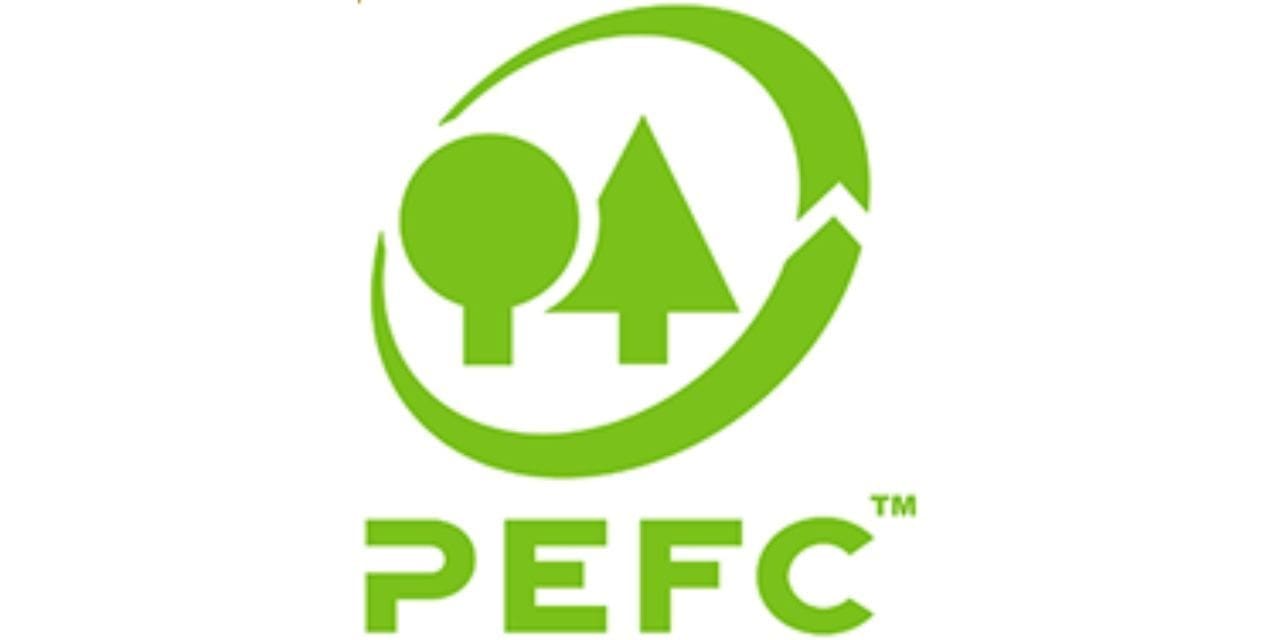Balancing Style with Sustainability and Ethics
Edited By Sorelle
Our clothing choices are no longer just about trends and affordability. Today, fashion grapples with the environmental and social impact of its practices. Fast fashion, with its emphasis on cheap clothes and constant trend cycles, has been a major contributor to pollution and unethical labour practices. However, a growing awareness is driving a shift towards ethical fashion.
The fashion industry’s environmental footprint is alarming. Production processes, transportation, and synthetic materials contribute a staggering 10% of global carbon emissions – four times that of aviation! This is where the good news comes in. Consumers are becoming more conscious, with over 70% willing to pay a premium for sustainable goods, according to PwC.
Ethical fashion tackles this challenge head-on, focusing on both environmental and social responsibility. The Asian market currently leads the ethical fashion sector, valued at $8.17 billion in 2023 and projected to reach $12.05 billion by 2028.
Sustainable materials are a key aspect of this change. Brands are moving away from fossil fuel-based synthetics like polyester and embracing plant-based alternatives. Man-made cellulosic fibres (MMCFs) like rayon and lyocell offer more eco-friendly options alongside traditional materials such as cotton, hemp, and flax.
However, MMCFs come with their complexities. While they are better for the planet, sourcing wood pulp for these fibres can lead to deforestation and unsustainable forestry practices. Additionally, their production often involves intricate supply chains, raising concerns about unethical labour practices. A holistic approach is crucial, considering the entire lifecycle of the fibre, from forest to garment.
The human cost of cheap clothes cannot be ignored.
Garment workers often face gruelling hours, low wages, and unsafe working conditions. The 2013 Rana Plaza disaster in Bangladesh, which claimed over 1,138 lives, serves as a stark reminder of the industry’s dark side. Reports of inadequate safety protocols, unfair labour practices, and even forced labour persist in certain regions.
Transparency is key to progress. Consumers deserve to know where their clothes come from and how they were made. A whopping 75% of respondents in a PwC survey valued traceability, indicating a desire for authenticity behind sustainability claims.
Organisations like Fashion Revolution are raising awareness and educating consumers through initiatives like the Fashion Transparency Index. This index holds brands accountable for supply chain traceability and encourages them to actively engage with suppliers, ensuring adherence to international labour standards and fostering open communication.
Here are some key questions driving the future of sustainable textiles:
- Durability: Clothes that last longer have a lower environmental impact.
- Recyclability/Compostability: We need to divert clothing waste from landfills.
- Ethical Sourcing: Consumers are willing to pay more for clothes made with fair labour practices.
With greenwashing prevalent, independent verification systems are emerging to combat misleading sustainability claims. Certification schemes like the Programme for the Endorsement of Forest Certifications (PEFC) promote responsible forestry practices. However, the question remains: can these standards also address social concerns like worker safety and fair wages? Standards like PEFC do incorporate international labour guidelines.
Consumer awareness is driving change, with buyers increasingly seeking clothing that aligns with their values. However, the industry still relies heavily on labour-intensive production lines, making it a challenge to ensure the ethical treatment of workers across the global supply chain.
MMCFs have the potential to be a game-changer, and consumers play a vital role by demanding transparency on both materials and labour practices. Unlocking this potential requires collaboration – brands, manufacturers, and NGOs must work together to understand the social and environmental realities of their sources, moving beyond cost-driven decision-making.

